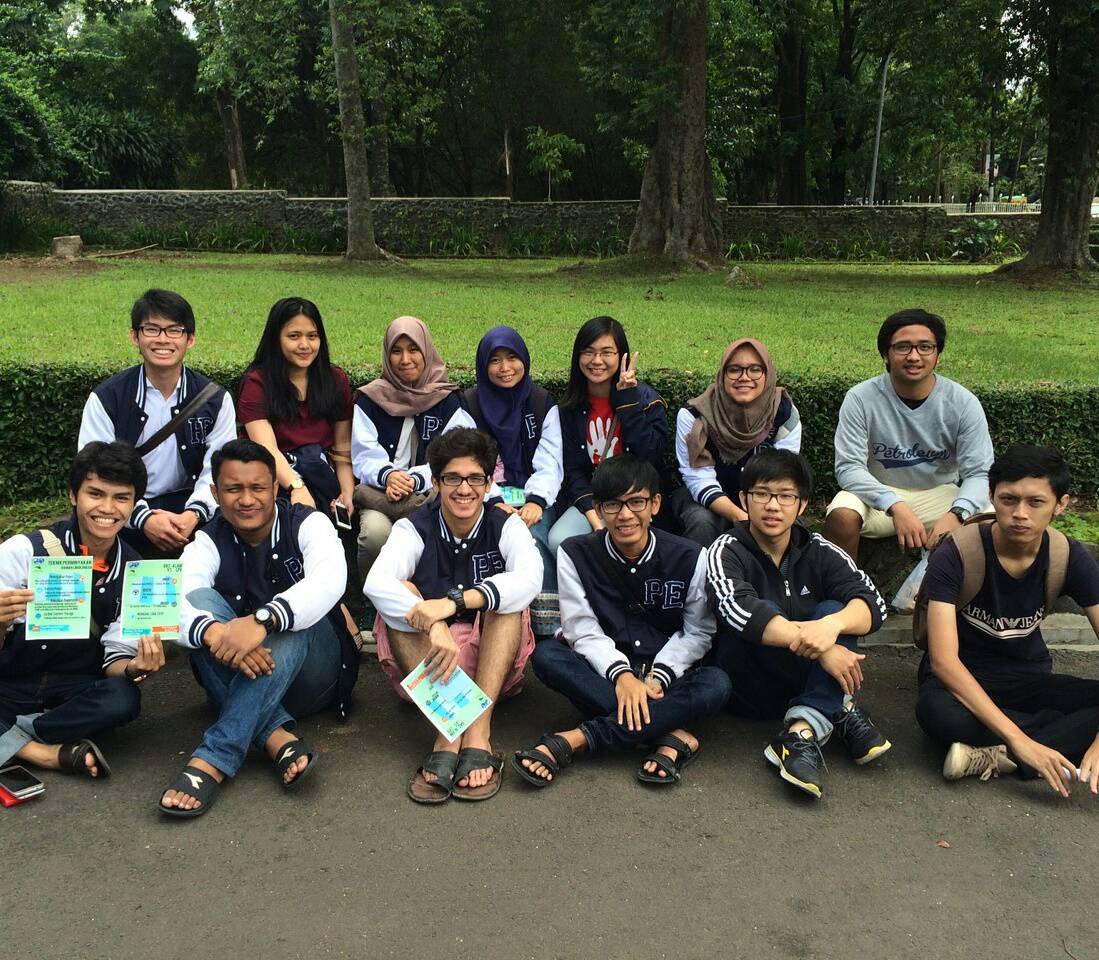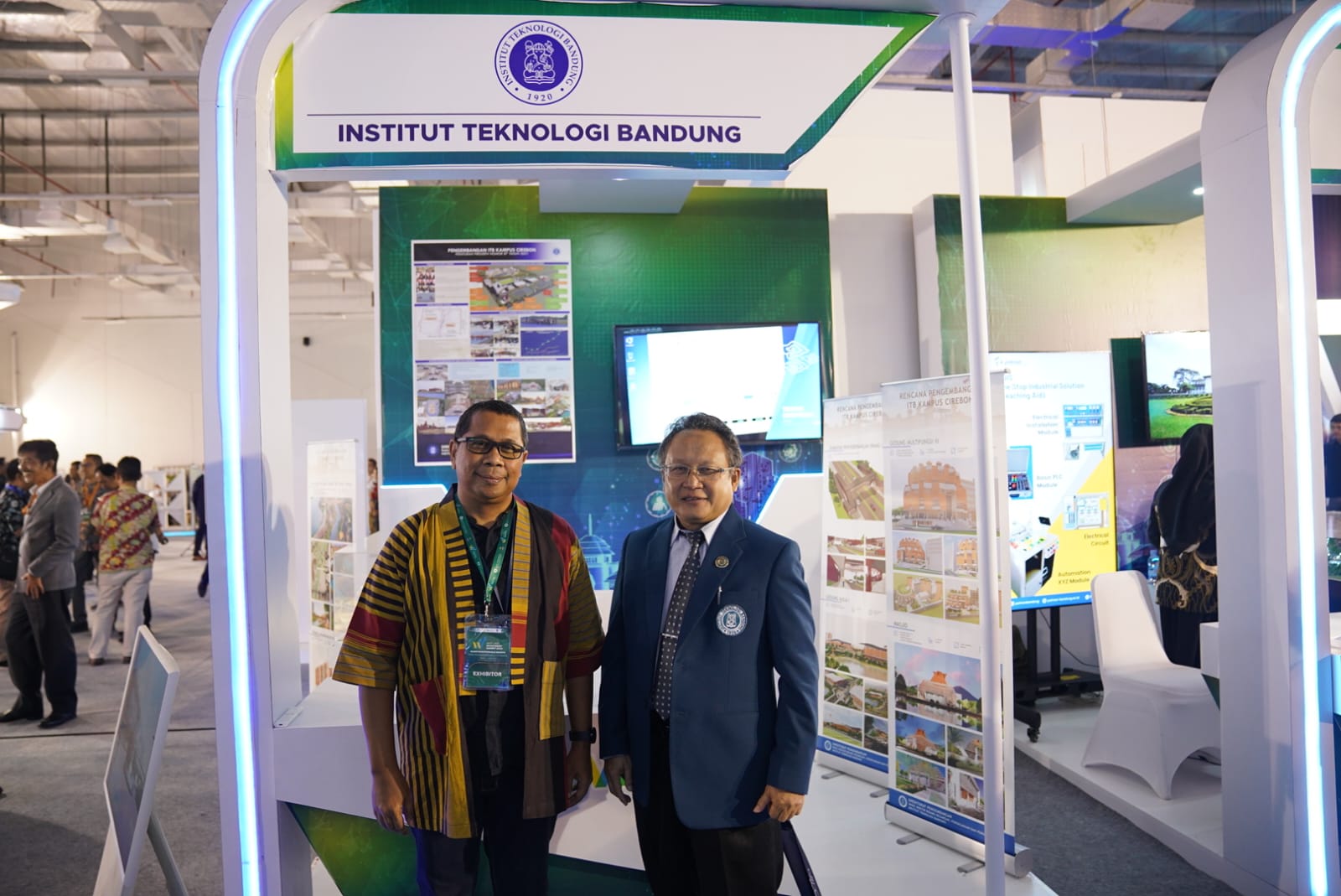SPE for Environment: Energy-Related Knowledge Sharing for a Better Indonesia
By Fatimah Larassati
Editor Fatimah Larassati

 BANDUNG, itb.ac.id - As the end of the year and holidays draw near, it does not mean that the process of knowledge sharing stops all together. The spirit of sharing was then reflected in SPE for Environment, an event held by Society of Petroleum Engineers (SPE) ITB SC. As an information, SPE ITB SC is an organization which provides a platform for students majoring in fields of studies related to petroleum industry. The event that took place along Ir. H. Djuanda St. (Dago) on Sunday morning (20/12/15) aimed to encourage people to use natural gas as their household energy resources instead of the mainstream use of LPG or elpiji. The use of natural gas itself to run home appliances such as stoves might not be quite familiar yet in Indonesia, as people still prefer using elpiji. However, natural gas is actually a very potential alternative fuel. Besides this natural gas campaign, this event also gave brief information regarding petroleum industry to the society and a pot of plant as a bonus.
BANDUNG, itb.ac.id - As the end of the year and holidays draw near, it does not mean that the process of knowledge sharing stops all together. The spirit of sharing was then reflected in SPE for Environment, an event held by Society of Petroleum Engineers (SPE) ITB SC. As an information, SPE ITB SC is an organization which provides a platform for students majoring in fields of studies related to petroleum industry. The event that took place along Ir. H. Djuanda St. (Dago) on Sunday morning (20/12/15) aimed to encourage people to use natural gas as their household energy resources instead of the mainstream use of LPG or elpiji. The use of natural gas itself to run home appliances such as stoves might not be quite familiar yet in Indonesia, as people still prefer using elpiji. However, natural gas is actually a very potential alternative fuel. Besides this natural gas campaign, this event also gave brief information regarding petroleum industry to the society and a pot of plant as a bonus. Time to Switch to Natural Gas
Although natural gas deposits are abundantly available and forecast to be able to provide 60-year worth of national supply, the use of natural gas as fuel is not quite popular yet in Indonesia. This is mainly caused by rather high average prices of natural gas for households compared to Liquefied Petroleum Gas (LPG) or usually referred as elpiji. However, it is in fact the other way around. Natural gas is economically cheaper than elpiji used for households but elpiji 'seems' to have lower prices due to it being subsidized by the government. Subsidies aside, proper calculation shows that households spend around 45.000 IDR per month on natural gas while elpiji costs a households up to 60.000 IDR per month for daily use.
The cheaper prices are most likely because natural gas cooks up faster than elpiji as natural gas consists of hydrocarbon of lighter fraction so it can be used directly and there is no need to convert it again from liquid to gas. In addition, natural gas is relatively safer and environmentally friendly as it produces lower soot emissions.
Petroleum Industry: An Eco-Friendly Industry
It is no secret that petroleum industry is still deemed as a toxic industry by many people. However, in the practice of it, petroleum industry is an industry that puts many environmental factors and future impacts into consideration. Such commitment not to harm the environment is then reflected in the policy of Clean Development Mechanism (CDM) under the Kyoto Protocol.
Numerous attempts have been made to reduce and control the pollution emitted from every activity related to this industry, ranging from the utilization of flare gas which is then converted into natural gas, to the latest innovation of Carbon Capture Storage (CCS). This technology can reduce carbon emission resulted from the processing of conventional oil or gas by actively capturing carbon dioxide from the air. The captured carbon dioxide will later be injected into the underground storage to enhance production of depleted oil or gas field.
 SPE for Environment was totally the right moment to provide such information that could enlighten people of how industrial activities are actually done in petroleum industry which in turn would cause a positive paradigm shift in the society. Hopefully, in the future both the government and people will be able to throw criticism wisely regarding petroleum industry issues. With that achieved, Indonesia undoubtfully will become an energy-literate country.
SPE for Environment was totally the right moment to provide such information that could enlighten people of how industrial activities are actually done in petroleum industry which in turn would cause a positive paradigm shift in the society. Hopefully, in the future both the government and people will be able to throw criticism wisely regarding petroleum industry issues. With that achieved, Indonesia undoubtfully will become an energy-literate country. 
.jpg)
.jpg)
.jpg)
.jpg)
.jpg)


